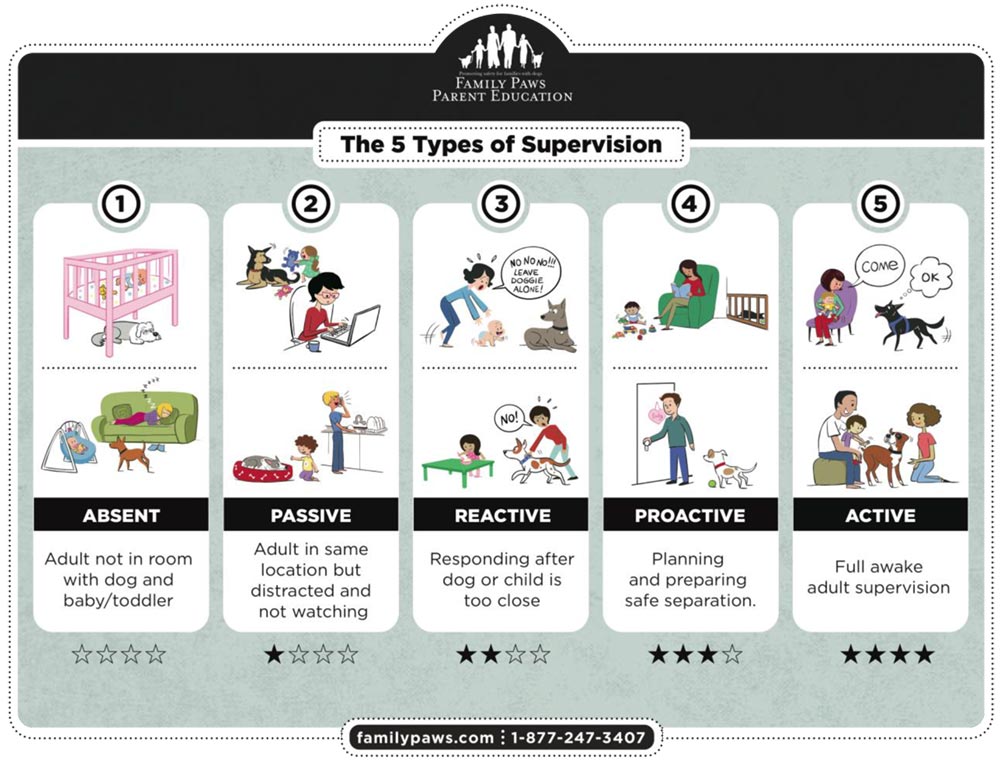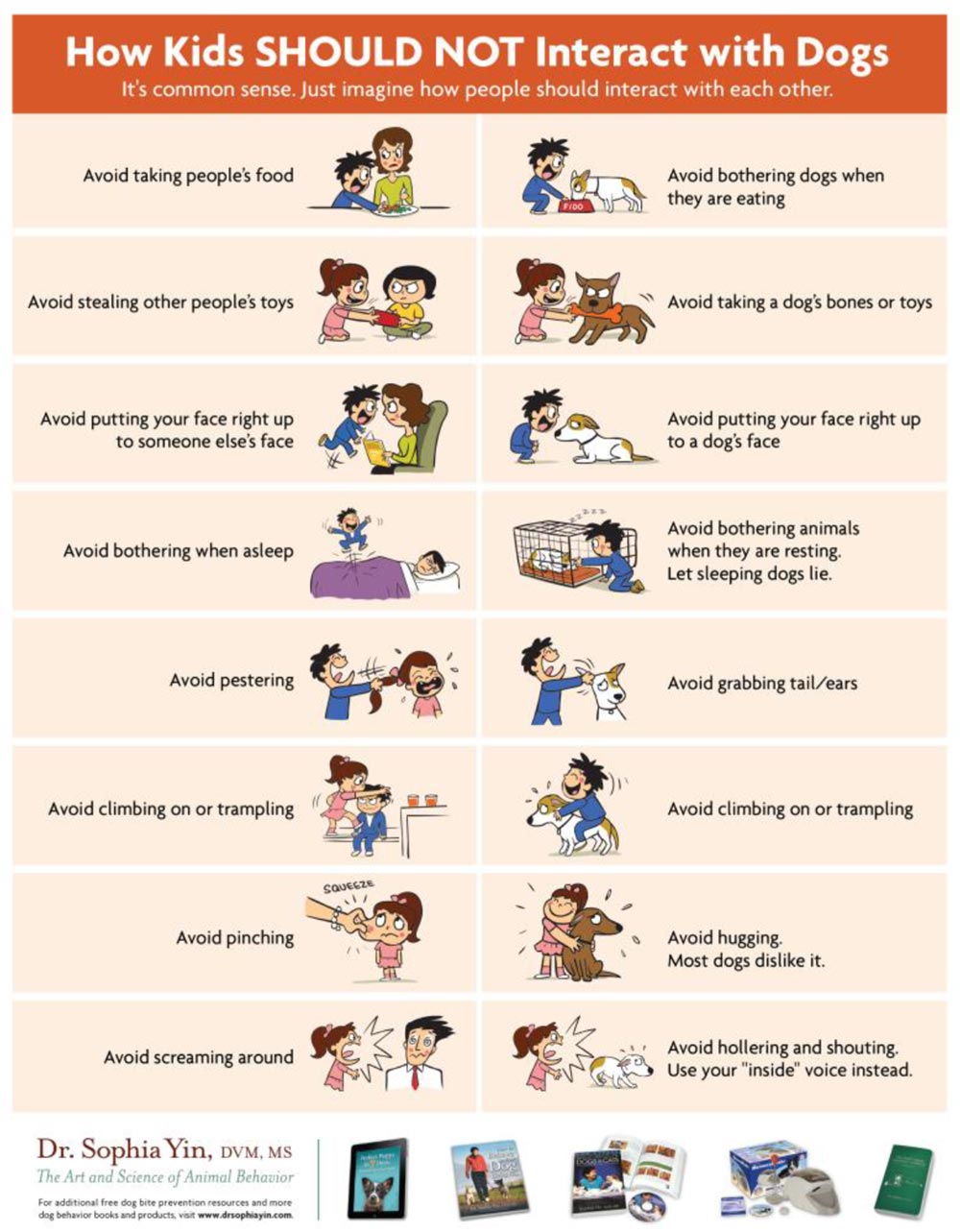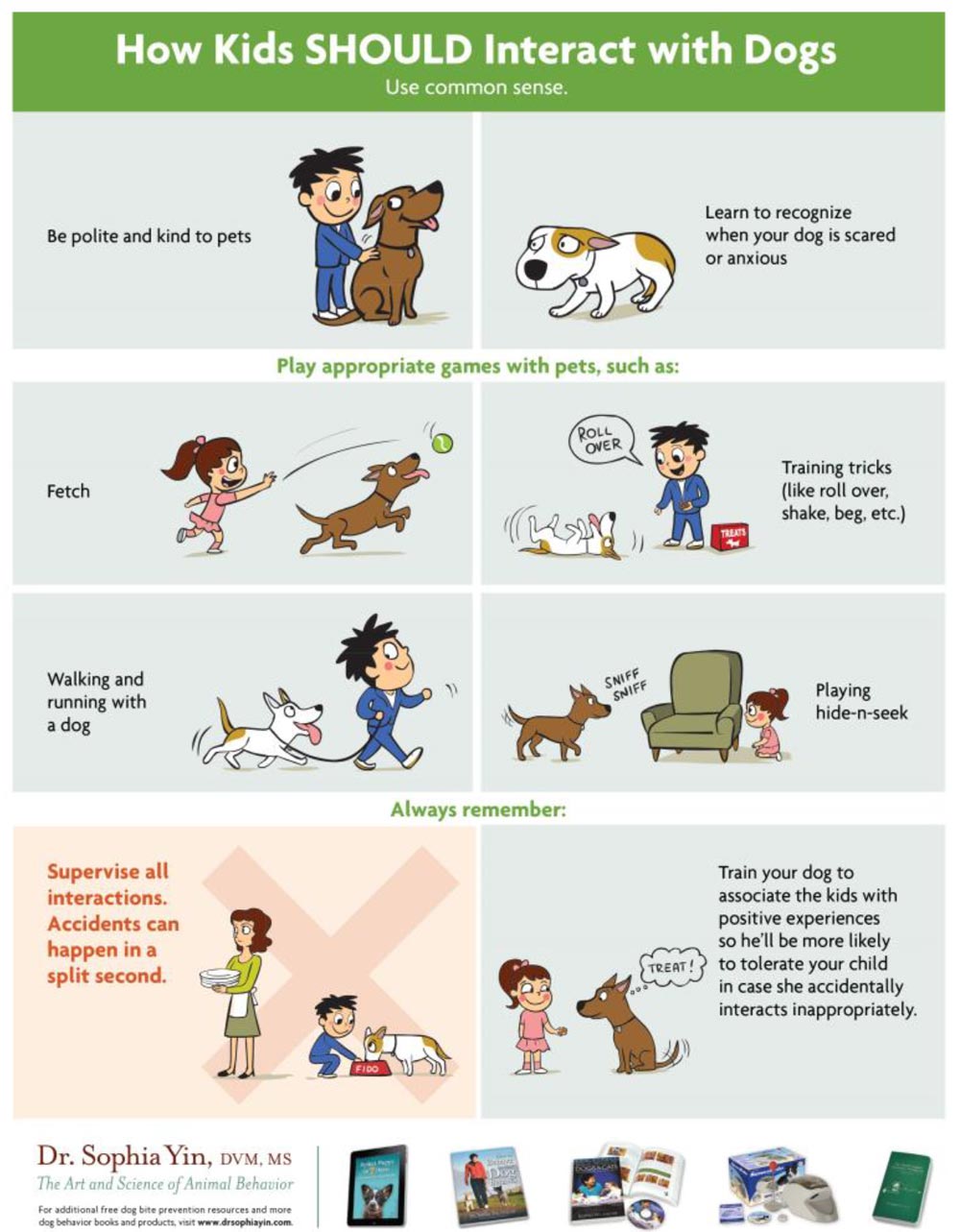Kids and Dogs: A Parent’s Guide
Starting off with the right expectation:
As you bring your new dog home it will take some time for everyone to adjust to having a new family member. Your dog is in a new place with people she has only met a couple of times. The relationship you want your dog to have with your family won’t happen overnight. She will need time, patience, and consistent supervision to build trust. Take it slowly and give her time to settle in to her new routine.
As the parent you are responsible for establishing acceptable interactions between your new dog and any children she will be around. Learn to understand dog body language. Recognizing the signs that a dog is uncomfortable or becoming stressed will let you stop any interaction before there is a problem. This not only keeps your children safe, it teaches the dog she can trust you to help get her out of uncomfortable situations.
Teach your children to respect the dog’s space and never bother a dog that is eating or sleeping or in her safe space. If she moves away from them, it should be the end of the interaction.
Be realistic in your expectations for both the dog and the children. No one feels happy or social all the time. We can all have a bad day when we are just a bit off and dogs are no exception.
Allow space and time to get comfortable:
When your new dog comes home, make sure the children give her a chance to explore her new surroundings quietly — on her own. Do not allow them to chase her or follow her every move. Dogs can feel threatened when they are chased, trapped or cornered. Give her a quiet/safe place to go when she needs some down time. Give her a chance to get comfortable, and to approach for attention on her own.
Supervise, Supervise, Supervise:
Supervision means paying attention to what is going on between the child and the dog, not just being in the same room! Children should never be left unattended, with any dog, EVER. Accidents can happen in a split second!



How to pet and give affection:
Dogs do not like to be hugged, petted on top of the head or the sensitive area around the eyes and ears. Appropriate touching or petting would include little circle touches or soft pats on the back, shoulder or side. Children should never hug, hit, pull hair, ears or tail, head butt or pound the dog on the head. (see above diagram)
How to give treats:
Most dogs love treats and allowing your children to give them is a good way for the dog to learn that good things happen when children are around. To prevent little fingers from being nipped, have children put the treat in an open hand (palm up) to give it to the dog. Have your dog sit (if she knows how) and ask her to wait to take the treat. If she doesn’t know how to sit and wait, or if the child is afraid to have the dog take the treat from their hand, have them drop it on the floor for her.
Appropriate Play:
It is only play if everyone is having fun, if either the child or dog is no longer having fun, it’s time to step in and redirect everyone to a different activity. Appropriate games for children and dogs include things like fetch (if the dog knows how), and hide and seek. Never let children try to take something out of the dog’s mouth. It is too easy for fingers to get scraped, nipped or bitten.
Facts and Suggested Reading Materials
FACTS:
Every year nearly 2.8 million children are bitten by a dog. Boys are bitten nearly twice as often as girls, and children between 5 and 9 years old are the most at risk. Most of these bites come from a dog that belongs to the family or a friend. Sixty-one percent of dog bites to children occur in a familiar setting: at home or at a friend or relative’s home. *
*This information comes from the CDC’s 1998 National SAFE KIDS Campaign.
RECOMMENDED READING:
“Living with Kids and Dogs . . . without losing your mind” by Colleen Pelar.
RECOMMENDED WEBSITES:
doggonesafe.com Offers free pictures, videos and resources regarding dog bite prevention.
